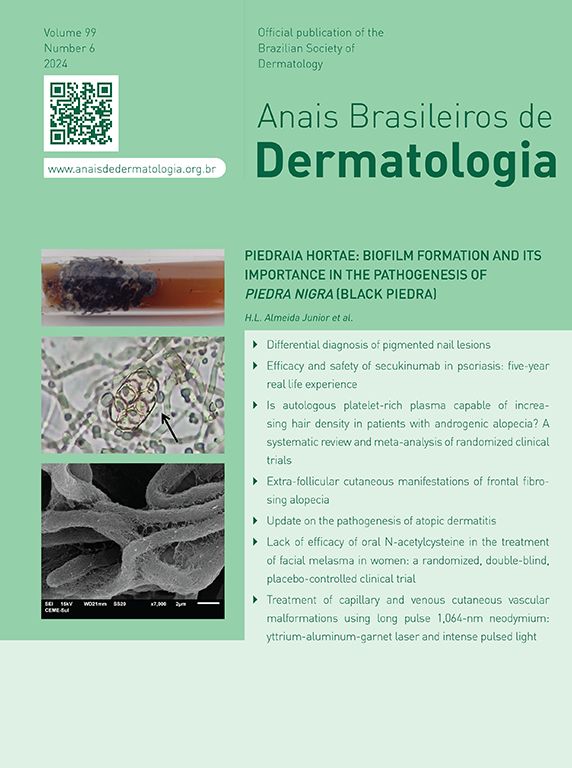was read the article
| Year/Month | Html | Total | |
|---|---|---|---|
| 2025 10 | 158 | 95 | 253 |
| 2025 9 | 211 | 91 | 302 |
| 2025 8 | 129 | 68 | 197 |
| 2025 7 | 175 | 89 | 264 |
| 2025 6 | 171 | 68 | 239 |
| 2025 5 | 176 | 72 | 248 |
| 2025 4 | 159 | 49 | 208 |
| 2025 3 | 152 | 41 | 193 |
| 2025 2 | 145 | 81 | 226 |
| 2025 1 | 124 | 46 | 170 |
| 2024 12 | 99 | 48 | 147 |
| 2024 11 | 122 | 51 | 173 |
| 2024 10 | 107 | 60 | 167 |
| 2024 9 | 132 | 75 | 207 |
| 2024 8 | 135 | 103 | 238 |
| 2024 7 | 135 | 92 | 227 |
| 2024 6 | 125 | 82 | 207 |
| 2024 5 | 89 | 62 | 151 |
| 2024 4 | 117 | 102 | 219 |
| 2024 3 | 90 | 83 | 173 |
| 2024 2 | 98 | 83 | 181 |
| 2024 1 | 96 | 50 | 146 |
| 2023 12 | 55 | 53 | 108 |
| 2023 11 | 77 | 87 | 164 |
| 2023 10 | 62 | 74 | 136 |
| 2023 9 | 73 | 76 | 149 |
| 2023 8 | 60 | 37 | 97 |
| 2023 7 | 85 | 30 | 115 |
| 2023 6 | 58 | 38 | 96 |
| 2023 5 | 52 | 26 | 78 |
| 2023 4 | 38 | 13 | 51 |
| 2023 3 | 51 | 42 | 93 |
| 2023 2 | 41 | 39 | 80 |
| 2023 1 | 43 | 32 | 75 |
| 2022 12 | 63 | 42 | 105 |
| 2022 11 | 81 | 54 | 135 |
| 2022 10 | 107 | 73 | 180 |
| 2022 9 | 58 | 70 | 128 |
| 2022 8 | 67 | 52 | 119 |
| 2022 7 | 185 | 71 | 256 |
| 2022 6 | 44 | 42 | 86 |



